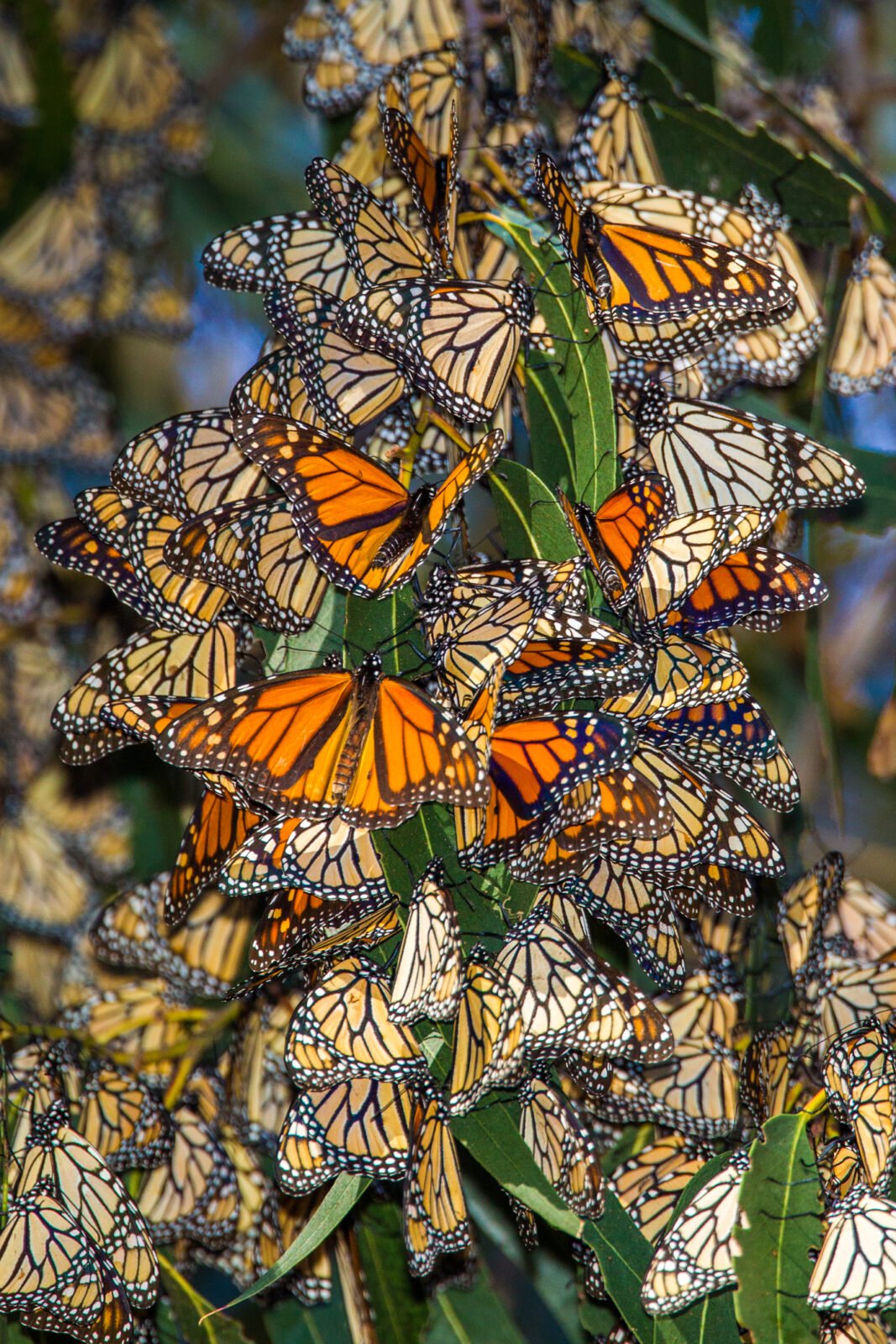
Native News Recap: 2022
Here’s a native news recap looking back at some of the biggest native plant news stories of the...
American Beautyberry, Callicarpa americana, is aptly named as the bright purple jewel-like berries are arranged artfully on cascading branches of this wonderful deciduous and deer resistant shrub. Native to the central and southeastern United States, it is found naturally growing in open meadows and woodlands.
A nutritional powerhouse, with the leaves and twigs high in protein, American Beautyberry provides spring nectar for bees, and year-round sustenance for at least 40 species of mammals and birds. A bonus is the leaves when crushed produce a natural chemical that repels mosquitoes, an attribute which has been backed up by scientific evidence. If sitting outside on a hot summer evening, I pluck some of the foliage and crush it to release the oil to repel mosquitoes.



Under-used in the landscape, this shrub deserves a prominent place in any ornamental garden where the berries shine for at least 3 to 4 months of the year. Insects of all kinds flock to the unremarkable tiny flowers that align along the branches during the summer, but then the main show of berries appears. Once the leaves fall in early autumn, the violet berries persist and stand out on the bare branches. Preferring a loose organic soil, I have grown this shrub for years in my clay soil here in at my home in Maryland. Attaining a height of 6-8’ and almost as wide, you need some space to plant this easy to grow shrub. Attractive to birds, the berries stay around for a long time and disappear when severe winter temperatures arrive. Never bothered by pests or disease, these shrubs should be used more frequently as deer rarely browse on them, and they thrive in sun, partial shade, or full shade. I grow a group of several under the canopy of a magnolia tree which is very shady, and they thrive. But the Callicarpa in the sunnier areas of my property, produce more profuse berries. Suited for mass plantings, when the shrubs are covered with the shiny purple berries, they are breathtaking, and many visitors stop to take a look and ask me what they are. Producing more berries if several are planted together, they are great covering a slope or a naturalized area. Suitable for a pollinator garden, it is a beautiful low maintenance choice for native gardeners interested in sustaining our local pollinators.

To keep American Beautyberry manageable, I cut it back to about 2’ high in the early spring before it shoots out new growth. Callicarpa blooms on new wood, so I cut it back hard in late winter to manage its size to around 4 to 5’ high. I find that hard pruning not only creates a more compact shrub but the berries are more profuse. There is a less common white form called Callicarpa americana v lactea, which is very striking in the landscape and finds its way into many of my fall floral arrangements. Be careful when shopping as Asian cultivars such as Callicarpa dichotoma or C. bodinieri are commonly found at nurseries, but I recommend you seek out the native Callicarpa americana for a beautiful deciduous native plant. Want to stay up-to-date with all of our Native News? Sign up for our email newsletter!

Claire is a horticulturalist and landscape design consultant. Owner of Claire Jones Landscapes, LLC, Claire’s designed gardens have been featured in print publications like WSJ and Style Magazine. A garden writer at The Garden Diaries, Claire maintains 3 honeybee hives and gardens at her home in Maryland.

Here’s a native news recap looking back at some of the biggest native plant news stories of the...
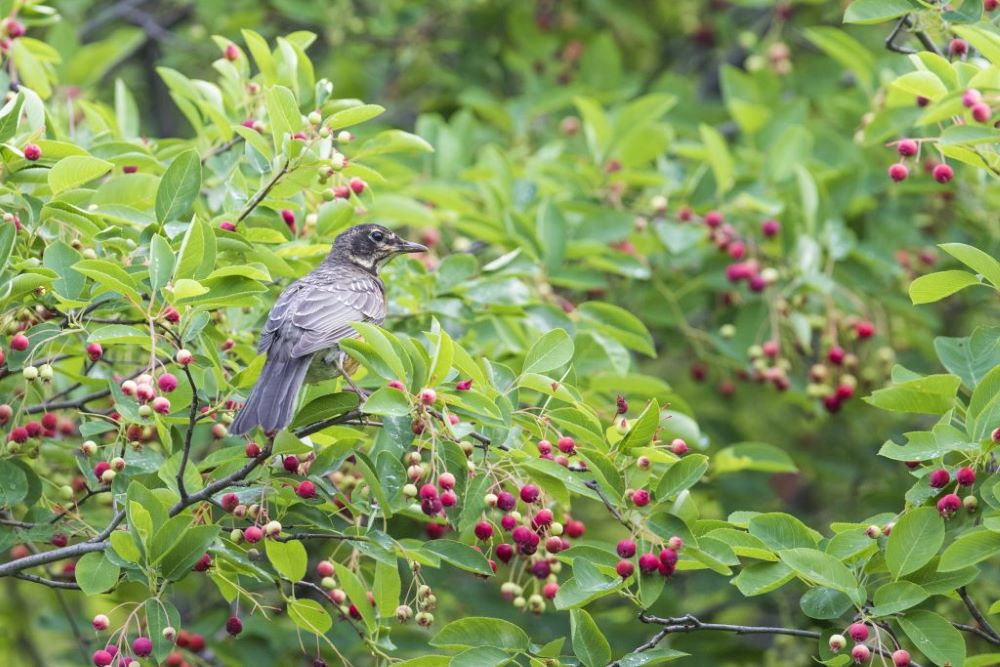
In the past we have emphasized the importance of keystone species in supporting bird populations,...
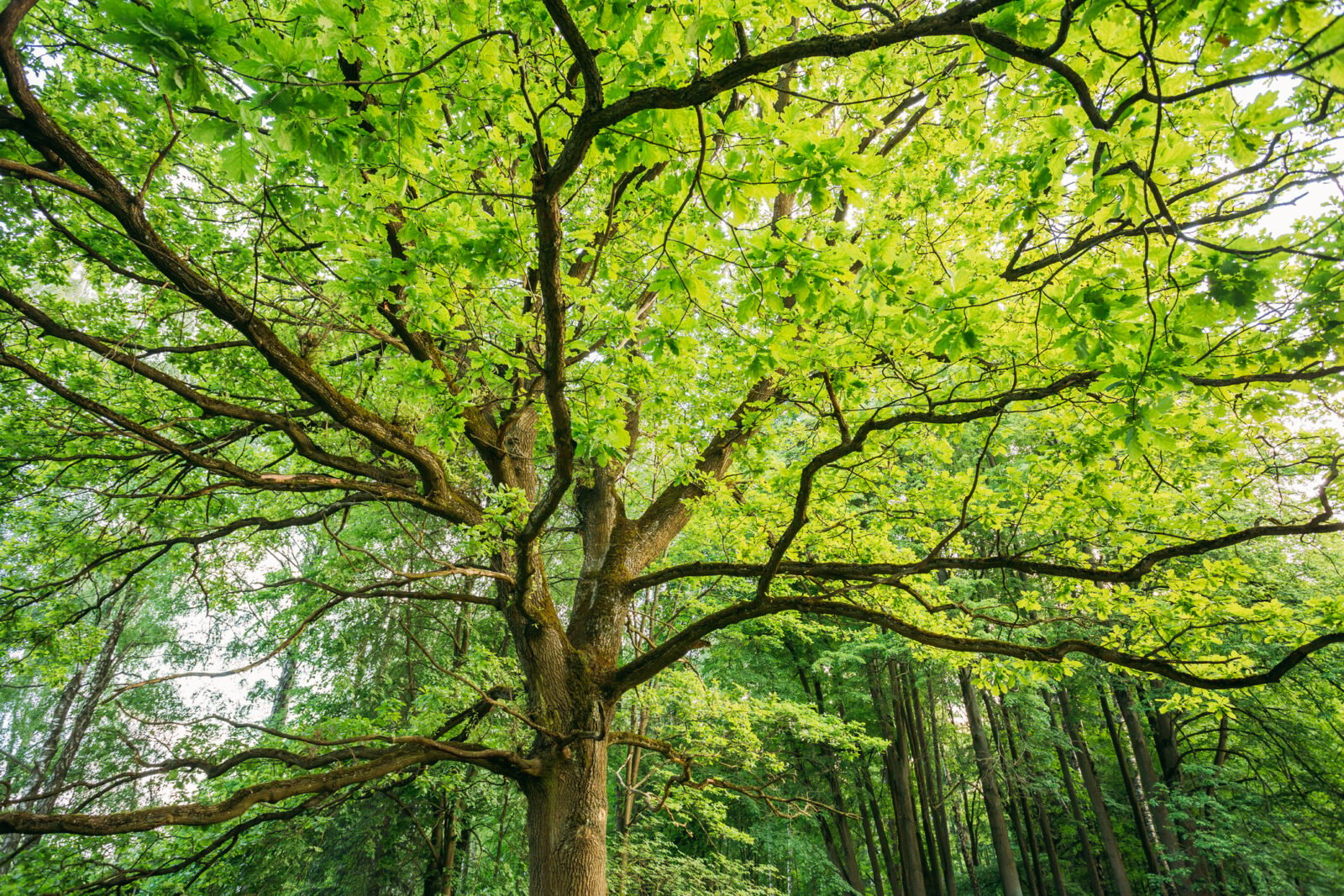
Perennials are the stars of most gardens, and no wonder! They provide a variety of shapes and col...
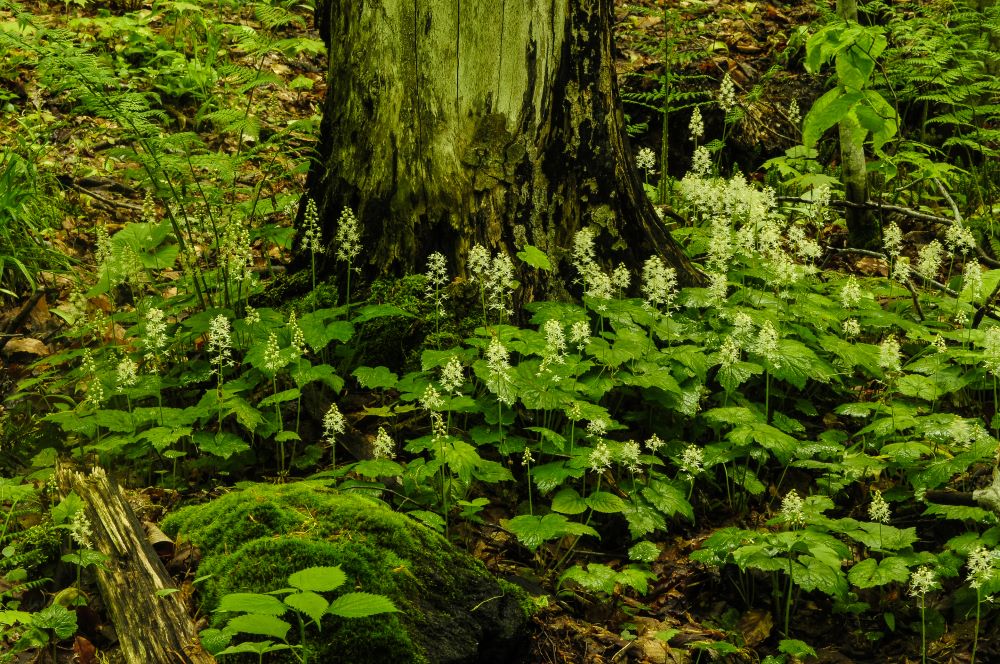
These native ground covers for shade make a perfect living mulch by holding in moisture, keeping ...

Gardening is ‘In’! Over the past two years gardening has suddenly become very popular with pe...

Mothers give us so much, but sometimes it takes a while for us to appreciate the gifts that we ca...
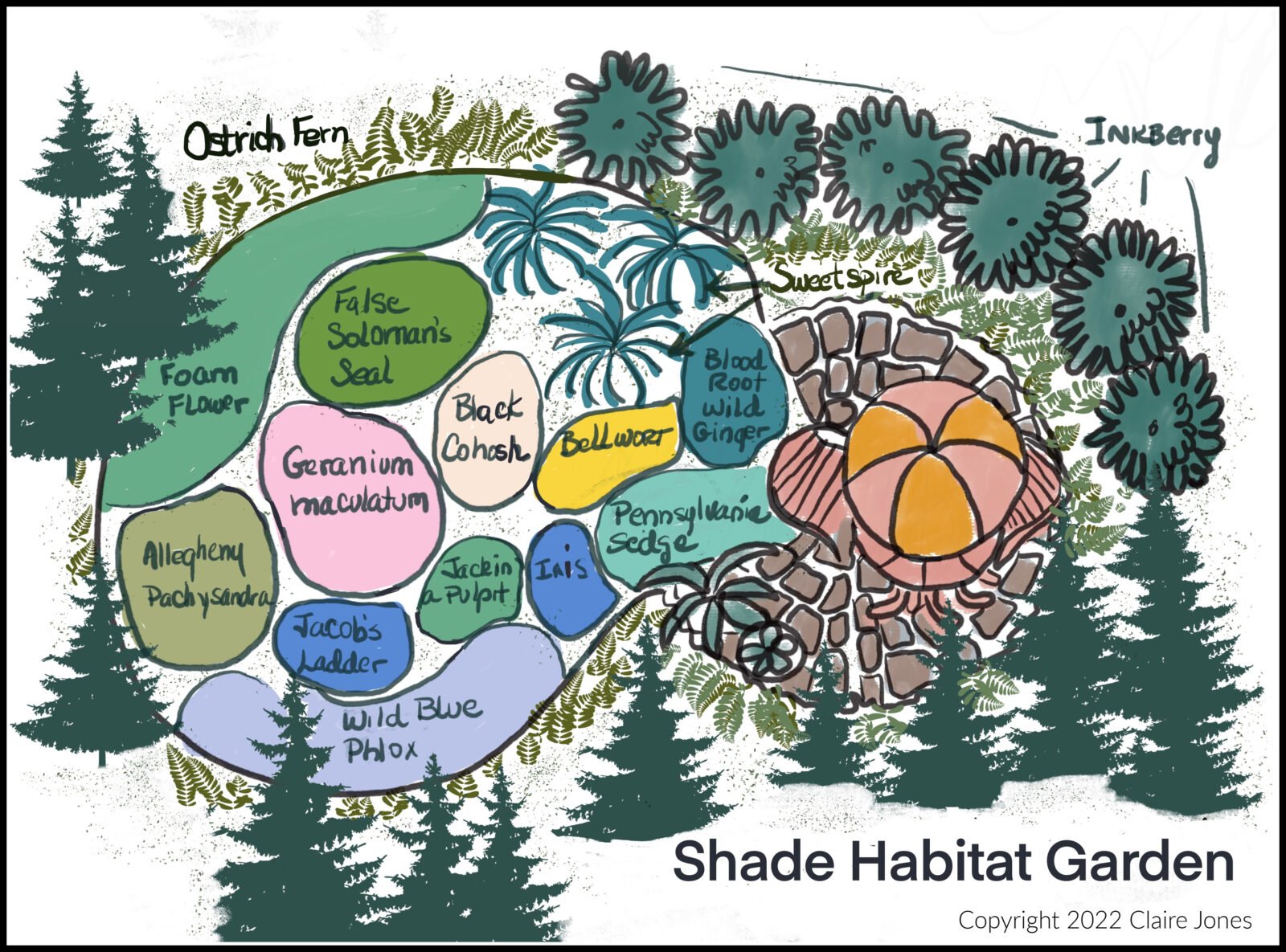
This is the second part of my Habitat Heroes Design series. The first part was a sunny garden of ...
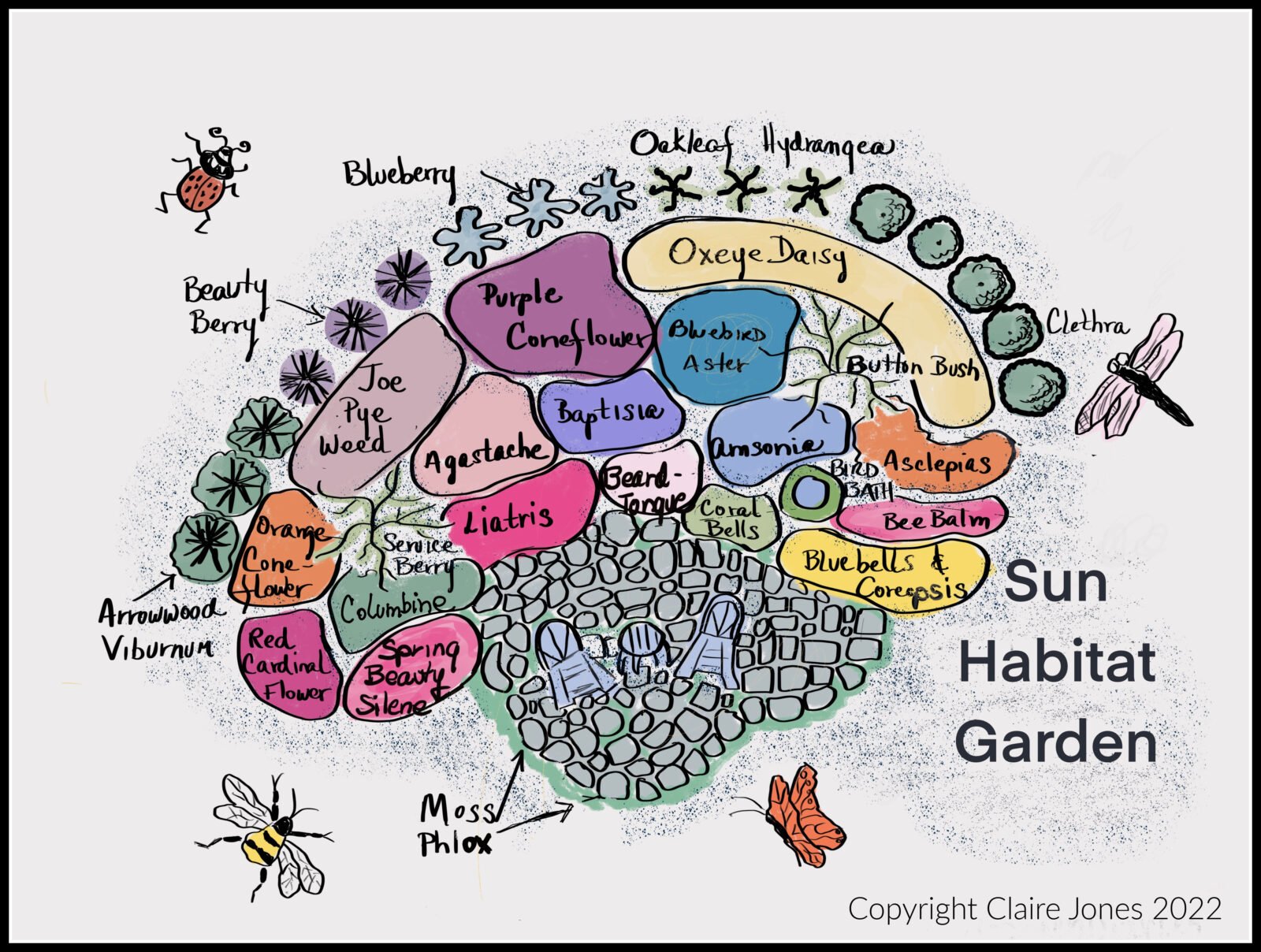
This blog post will cover how to design and install a Sunny “Habitat Hero Garden” with native...
Now Shipping for Spring 2024!